The Importance Of Air Circulation In Indoor Cannabis Grow

- 1. Air circulation
- 2. Why is air circulation important
- 3. How to place oscillating fans in your indoor grow
- 4. What is an exhaust system?
- 4. a. How to choose the proper exhaust fan
- 4. b. How to calculate cfm
- 5. Use a carbon filter to eliminate the cannabis smell
- 6. Diy stealth exhaust system step-by-step
- 7. Ventilation: discretion is key
- 8. Ventilating your greenhouse
- 9. Other environmental factors that need to be controlled in the grow room environment
- 10. In conclusion
If you’re growing cannabis seeds indoors you want a breeze all over your plants and an exhaust fan to pull the hot air and cannabis smell effectively, but it has to come out, and depending on where you live it can be quite dangerous to pull out cannabis-smelling air through your window. An air exhaust is just as important as air circulation but doing it stealthily is more, you can easily do it using cheap and easy-to-find materials like duct tape and foam!
1. Air Circulation
Air circulation refers to the breeze that moves around your grow space, proper circulation can be achieved by having an oscillating fan.
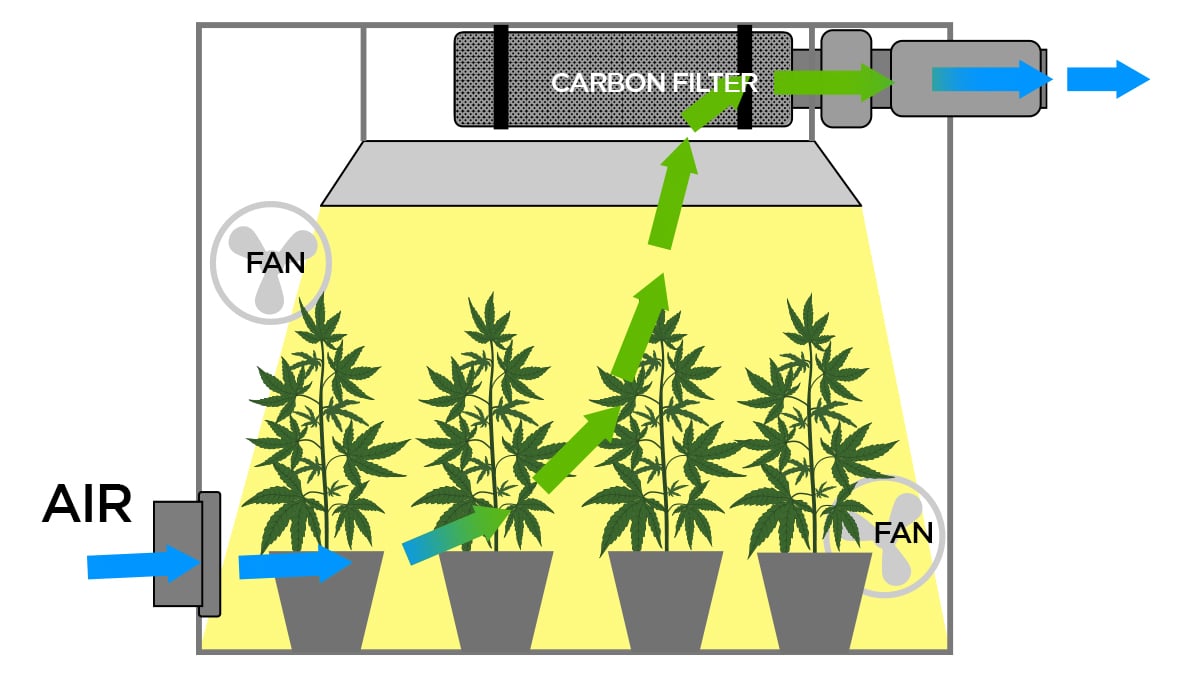
This is needed to create a perfect growing environment for your plants and it’s important because air is present in nature, where cannabis grows naturally so if you want to grow great cannabis you will have to create good growing conditions and air is one of the ingredients.
2. Why Is Air Circulation Important
When you’re growing indoors, your plants are in an enclosed environment without access to natural wind, which is super important for cannabis plants in nature. When growing outdoors, there’s always a breeze flowing through cannabis plants that helps strengthen the stems and even protects them from pests. Proper air circulation will bring several benefits such as:
Strengthens Stems
Air circulation helps strengthen stems by bending them a little bit, like wind would do in nature, over time, the stems will get stronger which is extremely needed when your plant is producing buds during flowering.
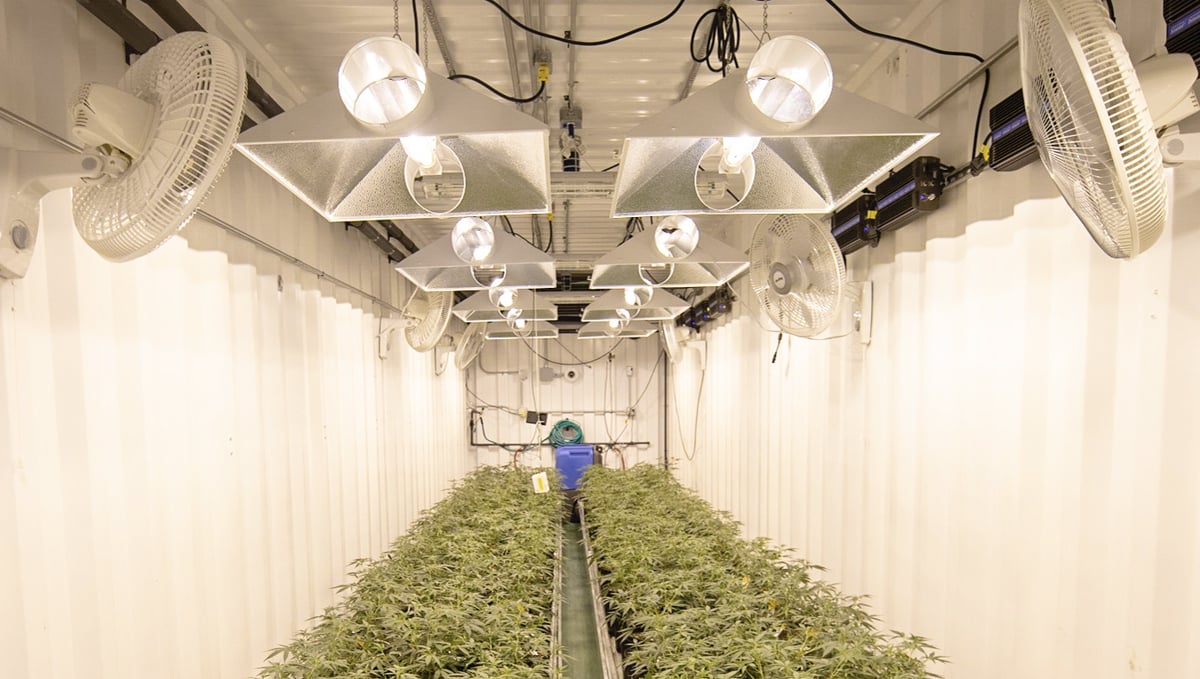
An exhaust system ensures the air in your grow room is replaced regularly and that your plants get fresh CO2 and are in proper conditions and as you may know, good conditions results in the best growth rates.
Helps control temperature and humidity
The right combination of good air circulation and the proper exhaust system helps spread vapor and heat evenly throughout your growing space, this along with small fans blowing on your canopy and below helps homogenize the air, getting rid of humid or hot spots.
Reduces chances of getting mold and pests
When air blows over your cannabis plant, it carries away the moisture that is released during the transpiration process, this decreases the moisture level which also lowers the chance of your plants getting bud rot, powdery mildew, or mold in general.
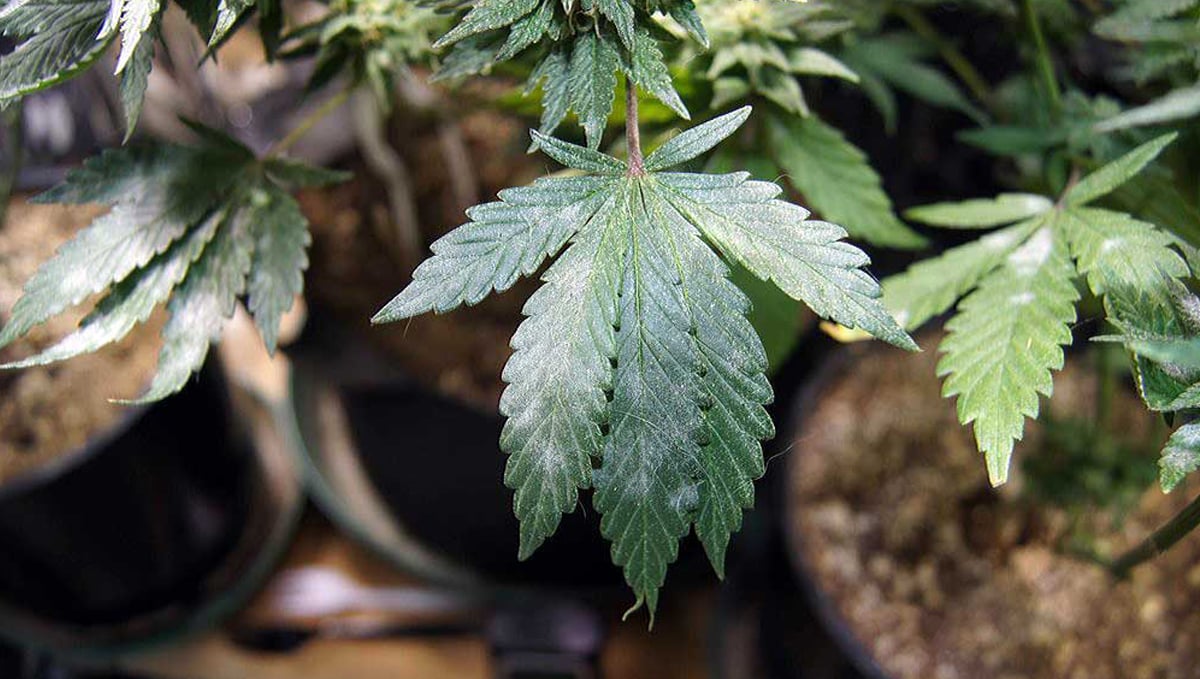
Also, the air that flows over your plants and soil makes it hard for bugs such as spider mites and fungus gnats to live in your garden, both of these bugs (and much more) prefer living in places where the wind isn’t strong so a proper air circulation will make bugs go away from your plants.
3. How To Place Oscillating Fans In Your Indoor Grow
Most indoor growers use clip-fans to create a nice breeze in the grow tent, this creates the proper air circulation that cannabis plants love and need to become stronger but have in mind that every fan is different and you’ll have to find the sweet spot. When there’s too much breeze your plants will start to show signs of stress, these signs are known as “wind-burn” symptoms.
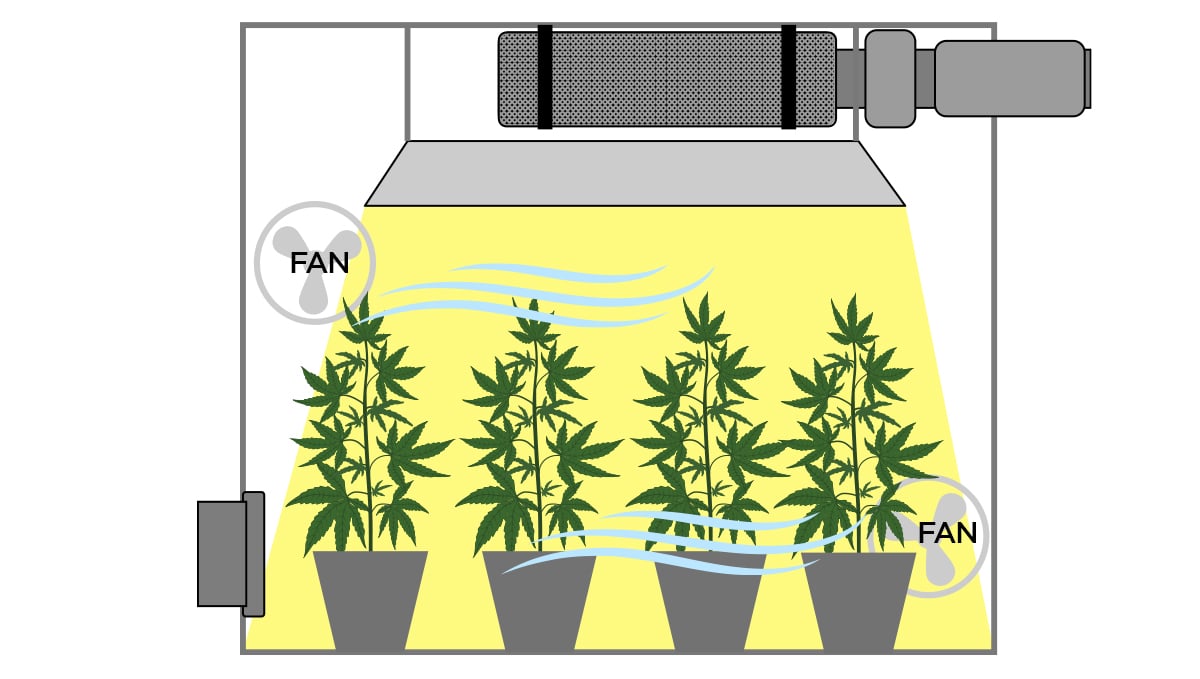
Wind-burnt leaves usually look droopy and can be hard to diagnose because they can look like they’ve been overwatered, overfed, or suffering from nutrient deficiencies. To be able to diagnose your plants properly when the leaves are droopy and curved (like claws), you should take a look at where the affected leaves are; If the affected leaves are in front of the fan and the others are not, is most likely your fans are too strong.
Tips:
- When placing your fans you want a nice breeze flowing around your plants, which means you want fans blowing above and under the plants;
- Too much wind may damage your plants so don’t point them directly at your plants;
- Check your grow tent thoroughly so all the plants get a slight breeze equally;
- It’s better to have several smaller fans than one big fan, this will help you provide a gentle breeze without damaging your plants.
4. What Is An Exhaust System?
An exhaust system consists of a fan, ducting tube, and a carbon filter (optional), these equipments are needed to remove the heat emitted by your light fixture and other equipment in your grow tent.
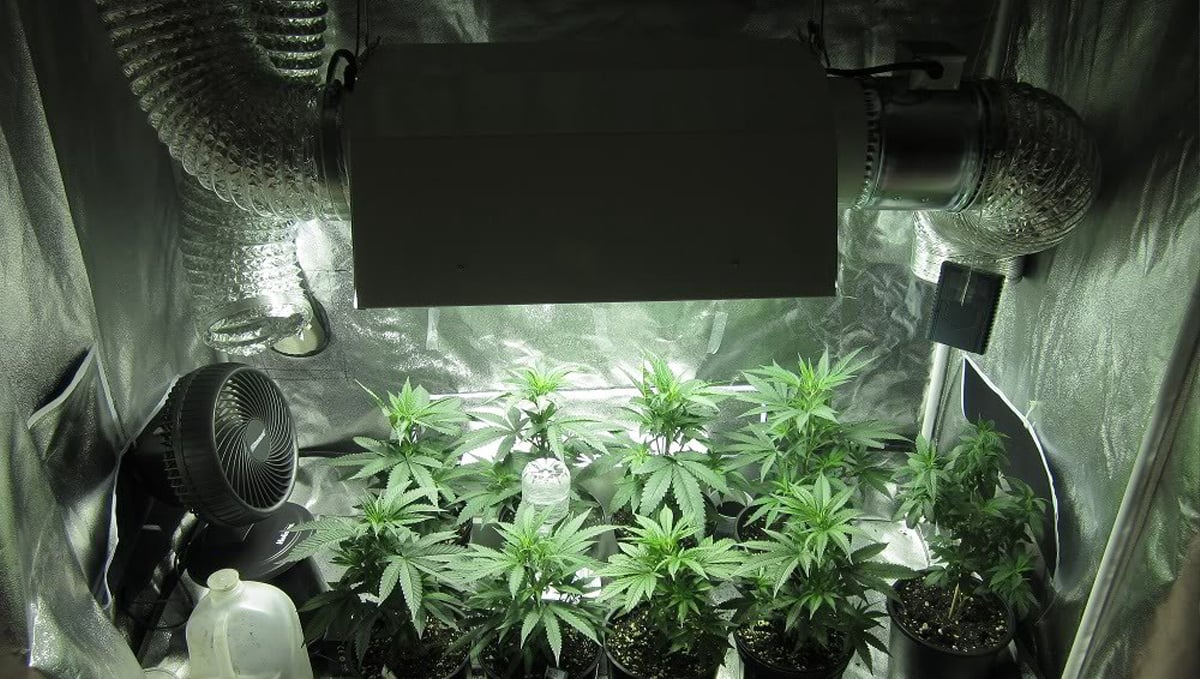
Without an exhaust system, the temperature in your grow tent will sit and may be too high for your cannabis plants, making it hard to control. So to avoid mainly heat stress symptoms, an exhaust system is highly recommended.
How to choose the proper exhaust fan
Even if you live in a place where you don’t need to control humidity and temperature, you still need to exhaust old air and have new air in, providing more CO2 to your plants which is needed in the plants’ basic processes. Installing an efficient exhaust system is quite simple but you need to understand how airflow works; The idea is to create negative airflow so that the air inside your grow tent is replaced with fresh air.

All the air in your grow tent should be replaced every 1-3 minutes for the best results so ideally, you should replace the air every minute unless you live in a place where the conditions are not too harsh. In order to do this properly, you should use a good exhaust system and calculate the strength you need based on the dimensions of your grow tent, which is usually measured in CFM.
How to calculate CFM
Cubic feet per minute (CFM) refers to how much air your fan can move per minute, it’s really important to get a fan with the correct CFM because this will affect the conditions inside your grow tent. Exhaust fans usually come in 4, 6, and 8 inches but for home growers, 4in fans are recommended for smaller growing spaces and 8in for bigger grows so most home growers will be just fine with 6in fans.
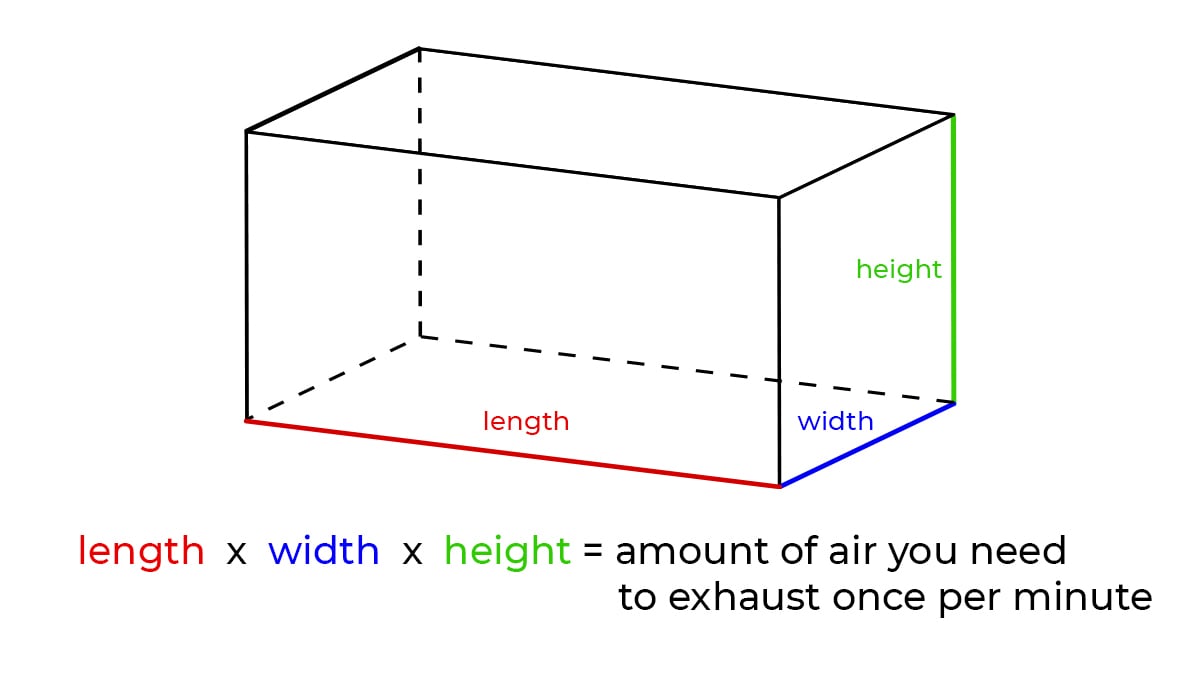
First, determine the cubic area of your space, to do this you need to multiply the length x width x height, the resulting number should be the amount of air you need to exhaust once per minute. Second, have in mind that every exhaust system has some level of inefficiency because not every grow tent has the same setup. In an efficient exhaust system, the air goes in a short and straight line after passing through the fan, and in an inefficient system, the air goes a long way after passing through the fan.
You need to have this in mind to make sure you’re moving enough air so:
Efficient system - multiply by 2
Inefficient system - multiply by 3
Remember that you need to pick a fan that has the same or slightly higher CFM number that you calculated. You will need a higher CFM if your grow space tends to get hot or humid, so it’s better to get a slightly bigger exhaust fan than a smaller one. If you live in a place that doesn’t use the imperial system, here’s a table to help you know the exhaust CFM you need.
| Grow tent size and CFM | |||
|---|---|---|---|
| Grow tent (foot) | Grow tent (centimeters) | Efficient system (CFM) | Inefficient system (CFM) |
| 2 x 2 x 4.5 | 60 x 60 x 140 | 36 | 54 |
| 2.5 x 2.5 x 5.3 | 80 x 80 x 160 | 66.3 | 99.4 |
| 3.3 x 3.3 x 6.5 | 100 x 100 x 200 | 142 | 212.4 |
| 4 x 4 x 6.5 | 120 x 120 x 200 | 208 | 312 |
| 5 x 5 x 6.5 | 150 x 150 x 200 | 325 | 487.5 |
| 8 x 4 x 6.5 | 240 x 120 x 200 | 416 | 624 |
| 8 x 8 x 6.5 | 240 x 240 x 200 | 832 | 1248 |
Remember that this is calculated in inches so if you are using the metric system, you should convert it to inches.
This table should help you choose the appropriate CFM based on the size of your growing tent and how you installed your exhaust ducting, remember that if you don't find an exhaust fan for your specific grow tent size it’s better to go for a bigger exhaust fan than you need, as long as you can adjust the speed you’ll be fine. Also, you can buy a speed controller to control your fan or if you don’t want to spend more, turn the exhaust off for a couple of hours if it's affecting the growing conditions.
5. Use A Carbon Filter To Eliminate The Cannabis Smell
The best way to control the cannabis smell is with an exhaust system and a carbon filter, this is the most recommended method because it’s the only way to completely eliminate the smell.

A carbon filter isn’t hard to install at all but have in mind that the way you install, setup, and where you exhaust to is important so we’ll teach you a good way to exhaust stealthily.
6. DIY Stealth Exhaust System Step-By-Step
Even though you may already have a good exhaust system, depending on where you live, you’ll also need a good and stealthy way to exhaust the air. Here’s a simple and cheap way to stealthy exhaust with materials that you can find at every construction store!
Materials needed
- Duct tape
- Ducting tube to match your fan’s size
- Glue
- Wicker blinds
- Foam
- Corrugated plastic sheet
Step 1
Install the wicker blinds on your window like you normally would, wicker blinds are ideal because air can go through but people won’t be able to see inside.
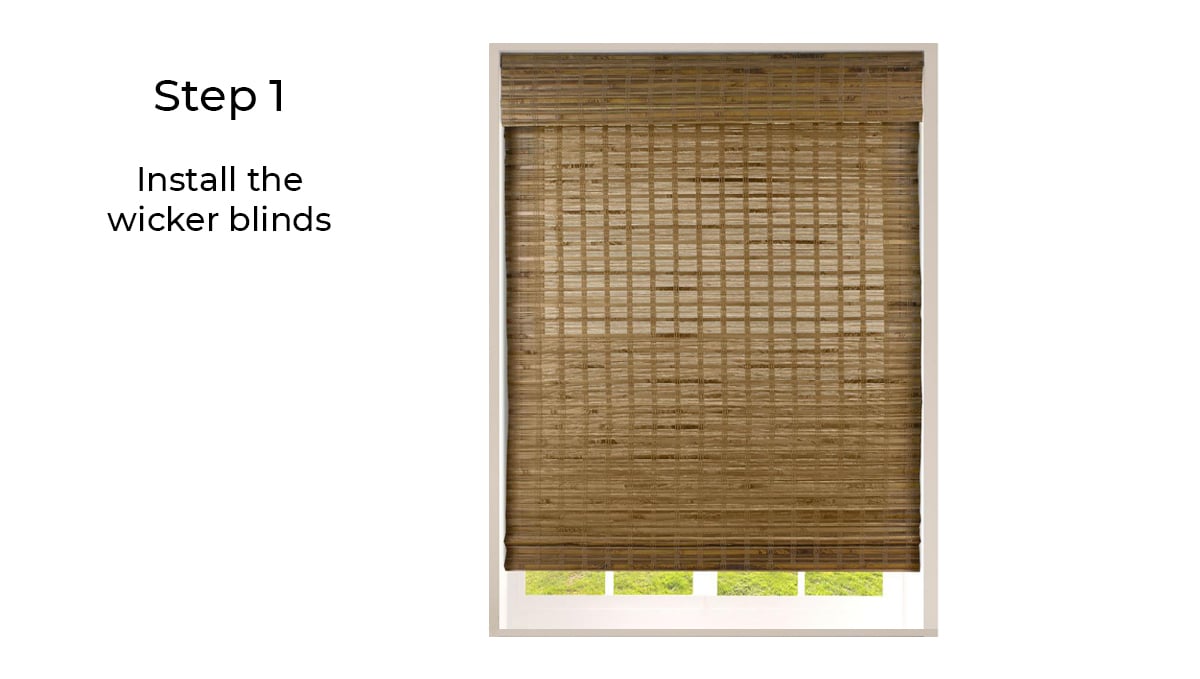
Step 2
Glue the corrugated plastic onto the foam and cut it to be the exact size as your window, use your ducting tube to trace a hole near the top of the plastic and cut the hole, the ducting tube should reach the wicker blinds.
Step 3
Use duct tape to hold the foam/plastic in place and more tape to hold the ducting tube in place. The foam/plastic should be quite secure if you think it’s not then you should use a staple gun or another way to reinforce it.
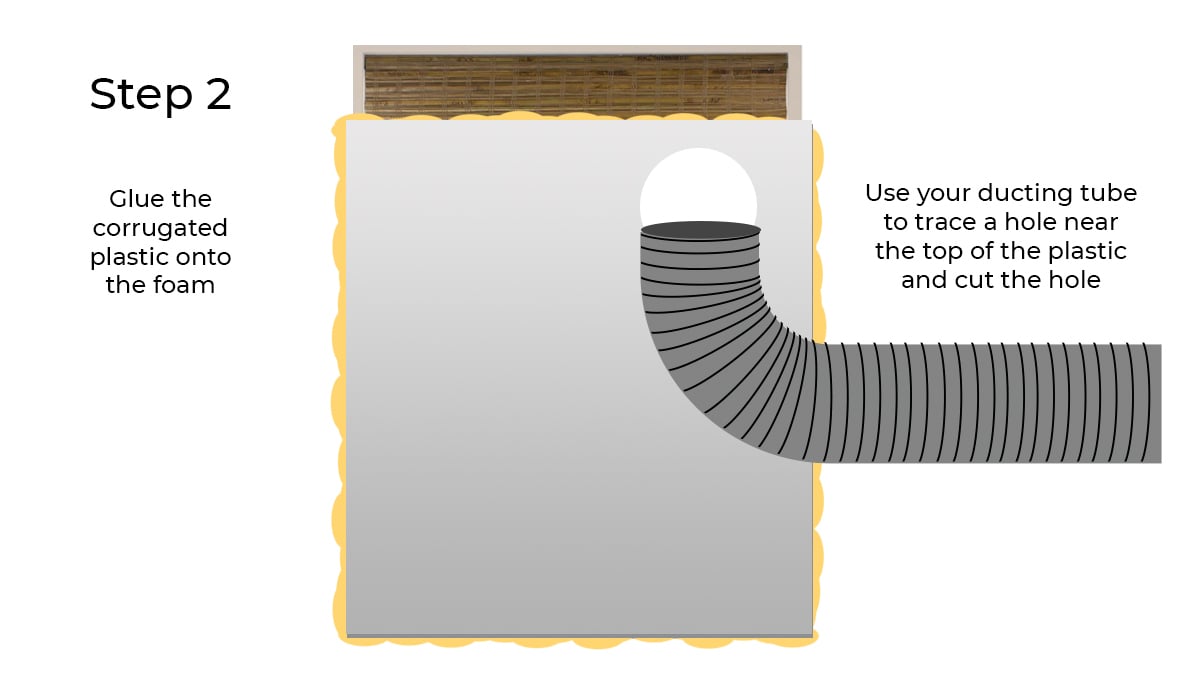
Now that you’ve successfully made your stealthy exhaust you can continue growing without worrying, just remember that this is just one way to do it, you can do it any way you want, as long as it works for you it’s valid!
7. Ventilation: Discretion is Key
Air circulation and odor control basically consist of moving out the air in your grow room in order to let in the fresh air and this air, depending on your setup and number of plants, could have a strong weed smell. So it’s always recommended to do it discreetly such as having wicker blinds to help camouflage the exhaust tube, wicker blinds will help you hide everything while still letting air in and out. Now, there’s no need to buy anything, if you want to keep expenses at a minimum, you can always get a piece of cardboard or plywood and stick it to the window, this way all you have to do is cut a hole for the ducting tube to pass through and that’s it. There are several different ways to do the same, but remember that the main idea is to hide the ducting tubes while letting them do their thing without affecting their efficiency.
8. Ventilating Your Greenhouse
And what if you’re growing outdoors, is air circulation necessary? The answer is Yes! If you’re growing in a greenhouse you should also make sure your garden is well-ventilated. Depending on the type of greenhouse, make sure it has vents, windows, or flaps that can be opened (and closed) manually, or you can always make your own by removing a windowpane or making your own DIY flaps or windows.
Greenhouses can get super humid, especially if it’s full of plants so good ventilation makes a huge difference. It doesn’t matter if you’re growing indoor or outdoors, all plants transpire, which means they will release vapor in the air, which increases humidity levels. This is why good airflow is recommended, especially during late flower, as doing this will keep the growing conditions on point and will help you combat mold, such as bud rot.
9. Other Environmental Factors That Need to be Controlled in the Grow Room Environment
Right, we have gone over exactly why controlling ventilation and canopy air circulation is so vitally important for both indoor and greenhouse growing spaces, but how about other environmental controls? Creating the perfect growing environment for marijuana involves much more than controlling simply the airflow...
Temperature control
Having a firm grasp of the temperature is essential for both indoor and greenhouse grow rooms. Changing temperatures can cause a variety of problems such as decreased yield, reduced potency, and even plant death. This is especially true in greenhouses where fluctuations in temperature are common due to the environment. To ensure that your cannabis plants remain healthy, you should install a thermostat monitor and controller system so that you can accurately monitor and adjust your grow room temperatures as needed. Keep in mind that the temps can fluctuate throughout the area of the grow room, so it's best to have a couple of temperature and humidity meters scattered around the area to make sure its stable throughout the entire room.
Humidity Control
Another important environmental factor to consider is humidity. Proper humidity levels help to create a healthy environment for the crop, helping them to stay strong and healthy. Too much or too little can spell disaster, and do so quickly. The perfect relative humidity levels change as the crop goes from germination to seedling, then vegetative growth, and finally the flowering growth stage. You want the humidity to start at around 65 to 70 percent for germination, then drop down to 55 to 60 percent for seedlings. As full veg growth begins the RH can drop again closer to 50 percent. It's fine to stay around this range until the last 3 weeks before harvest when you want to drop it again to 45 percent. This helps combat any chances of bud rot taking hold of the crop as the flowers are really plumping up.
If you are struggling to keep the humidity down, head out and grab a dehumidifier. It will help you keep your environment on an even keel, as well as prevent any mold or mildew from taking hold in the environment. If the humidity is too low, you have a couple of options at hand. You can use a little jerry-rigged polystyrene box with a small fan and a bowl of water, but it's better to just head out and grab a humidifier to ensure proper control.
Light Control
Finally, controlling light is important for maintaining a healthy environment for your cannabis crop. This is more important for photoperiodic strains than autos, but is still a factor that needs to be considered either way. For photoperiods, you will want to ensure that they receive 18 hours of light and 6 hours of darkness throughout their vegetative growth period. once they have reached the desired size, flip the timing over to 12 hours of light and 12 hours of dark. This will trigger the flowering growth stage. Auto-flowering strains are a little simpler, as they will automatically begin to flower after 3-4 weeks of vegetation and will do so no matter the lighting conditions. For the best outcomes in terms of yield size and potency, it's recommended to keep them under either 20/4 or 18/6 light to dark for their entire life cycle.
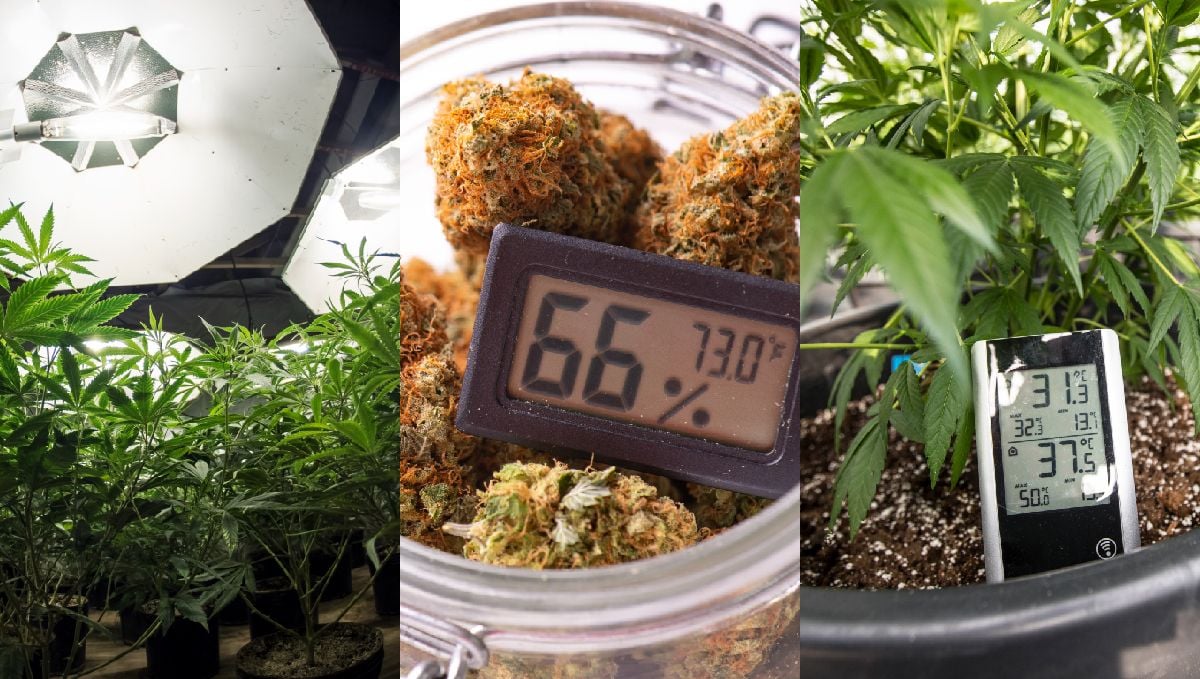
Some autoflower growers keep the lights on 24 hours a day, but from our extensive experiments and testing, we have found that this doesn't really translate to any larger yield sizes or better bud formation. In fact, some strains seem to really benefit from a few hours of darkness each day, especially ones that you are hoping to turn purple. Purple strains will produce the deepest magenta and purple hues when there is a 5 to 9-degree Celcius shift between the lights on and lights off periods, and this level of temperature change is almost impossible to achieve if the lights stay on all the time.
You also need to keep the lights at the correct distance from the top of the canopy. This distance will differ depending on the lighting type, and the specific panel or rig. LED panels are the gold standard in 2023 and can hang a little closer to the canopy thanks to the lower levels of ambient heat that they produce when compared to traditional HID options. Light penetration is also key to maximizing your final yield. There are multiple ways to increase light penetration, from buying higher-powered lights to adding extra lights into the mix, and also employing some plant training techniques. By fitting a SCROG net, you can effectively manage the height of the crop, and bring the whole canopy to one level playing field. This not only helps spread the light evenly to all the budding sites but also the available nutrients and growth hormones which helps result in a much more even harvest.
10. In conclusion
Air circulation might seem tricky but it really doesn’t have to be. All you need to do is provide a light breeze and replace grow tent air. By doing this you’re one step closer to providing everything your plants need to grow healthy. It doesn’t matter if you’re just leaving a window open or are using the latest technology, a good exhaust system and a carbon filter are extremely needed, it doesn’t matter where you’re living. By eliminating the cannabis smell you prevent a lot of trouble that you may have if your neighbors or police end up knowing you are growing cannabis at home. If you have other ways to exhaust air effectively and stealthily, please share it with fellow growers, leave a comment in the comment section below!








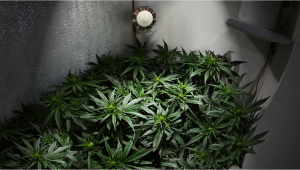
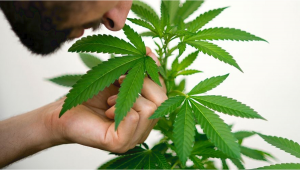
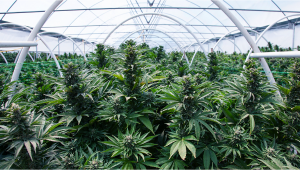
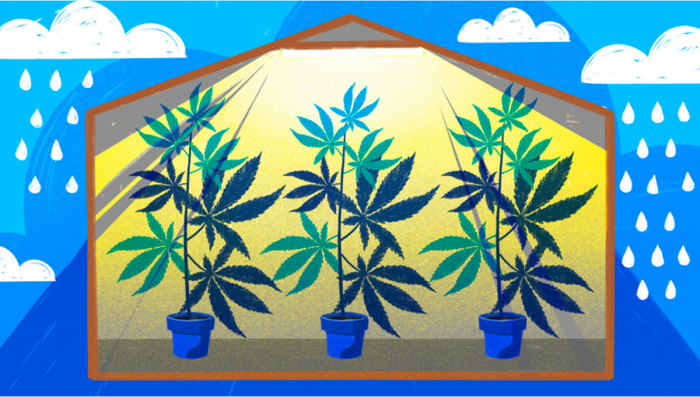

Comments